
Sustainable Real Estate Development for Investors
Invest with purpose, clarity, and measurable impact. Chosen theme: Sustainable Real Estate Development for Investors. Here you’ll find investor-grade insights, stories, and frameworks to underwrite sustainability as a true performance lever—not a side note. Subscribe to stay ahead of regulation, tenant expectations, and capital market shifts redefining real estate value.
Why Sustainability Drives Outperformance
ESG as a Value Engine, Not a Checkbox
From lower energy bills to stronger tenant retention, sustainability enhances net operating income and compresses cap rates. Investors who quantify benefits like reduced downtime and brand lift discover ESG is not charity—it is structured value creation. Share your approach to modeling these gains.
Risk-Adjusted Returns and Downside Protection
Transition risk, carbon pricing, and regulatory shifts are no longer hypothetical. Efficient buildings hedge against obsolescence, vacancy, and rising operating costs. Portfolios aligned with climate goals attract patient capital, improving liquidity and preserving optionality at exit. Tell us where you see the biggest risks.
Underwriting with Data and Targeted KPIs
Set clear energy intensity, water use, and indoor air quality targets during underwriting, not after acquisition. Tie asset business plans to measurable KPIs and third-party assurance. If you already track EUI or avoided emissions, comment with your favorite tools and lessons learned.
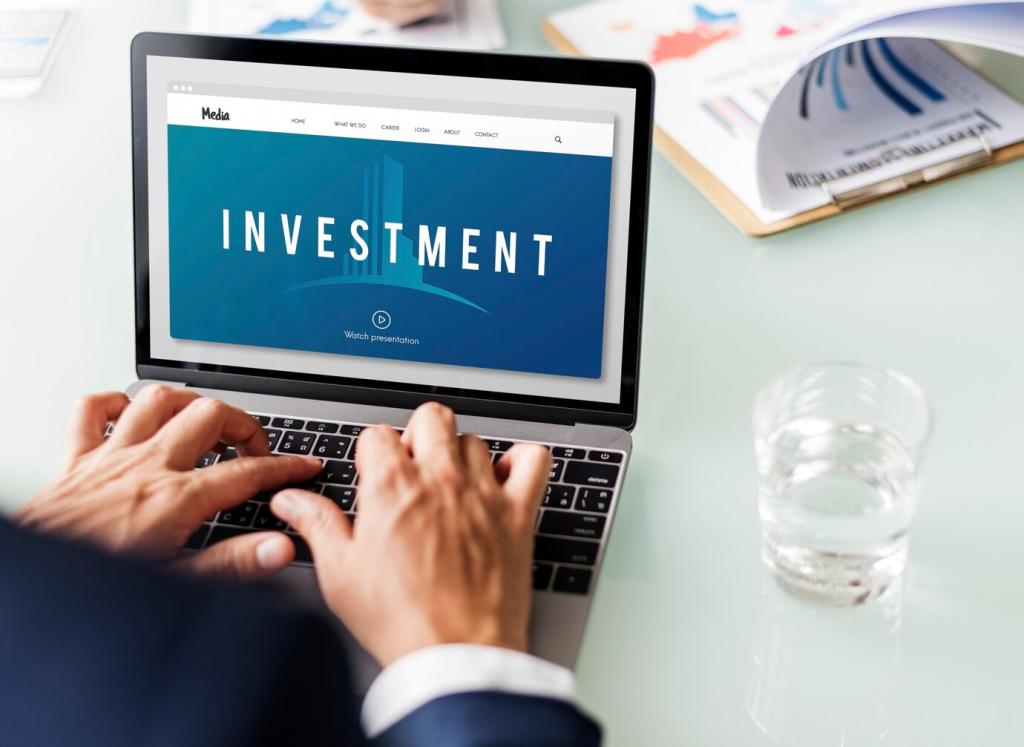

These labels signal quality, health, and efficiency to tenants and lenders. Yet the value comes from performance, not plaques. Use certifications to operationalize best practices and reduce execution risk. Which label has moved your leasing pipeline most? Share your experience with premiums.
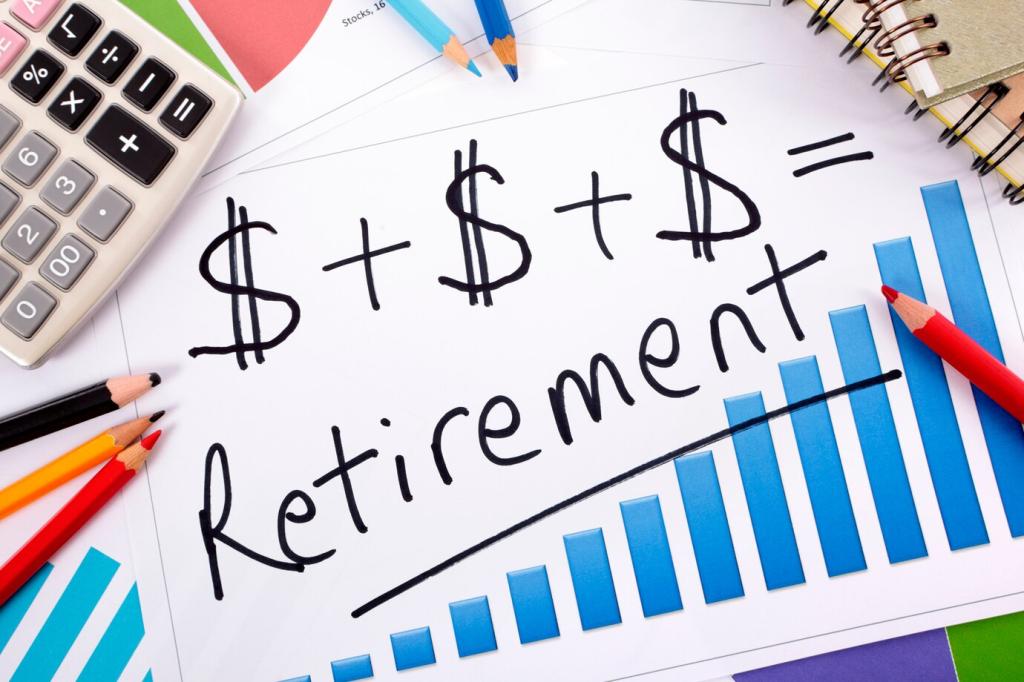
Embodied carbon now influences planning, specs, and procurement strategies. Low-carbon concrete, recycled steel, and adaptive reuse reduce lifecycle impacts. Circularity reduces waste and future retrofit costs. Comment if you’ve piloted materials passports or salvage contracts to protect future resale value.
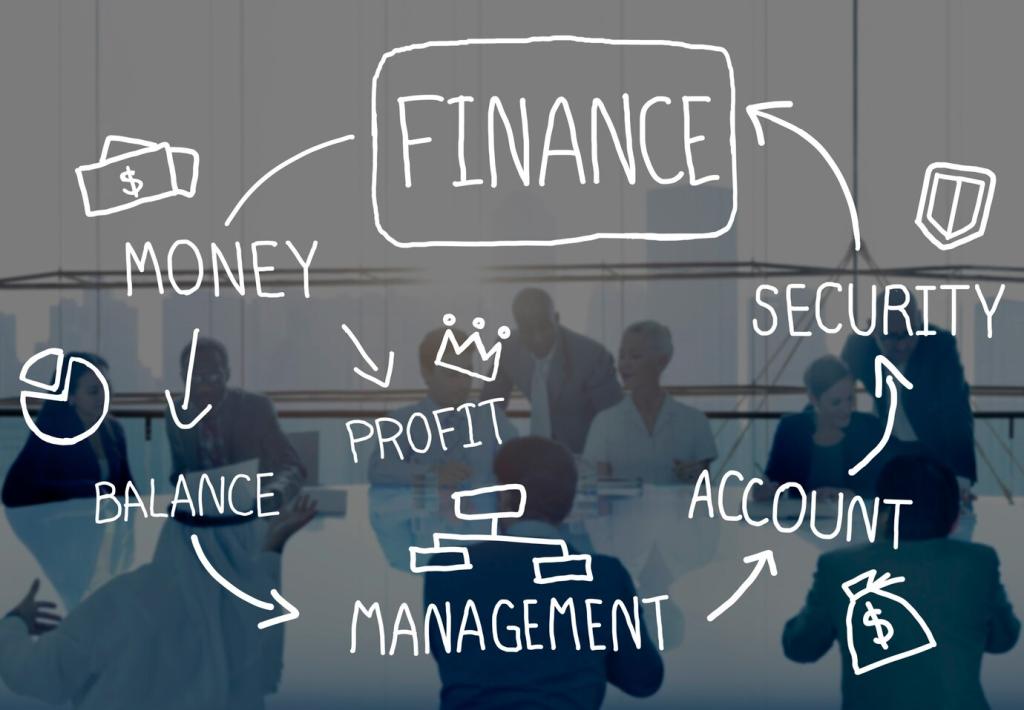
Enhanced commissioning uncovers savings by aligning design intent with real operation. Continuous monitoring, balanced HVAC, and optimized controls turn design assumptions into dependable results. Share how you incorporate M&V requirements in contracts to protect underwritten efficiency gains.
Capital Stack and Incentives for Green Deals
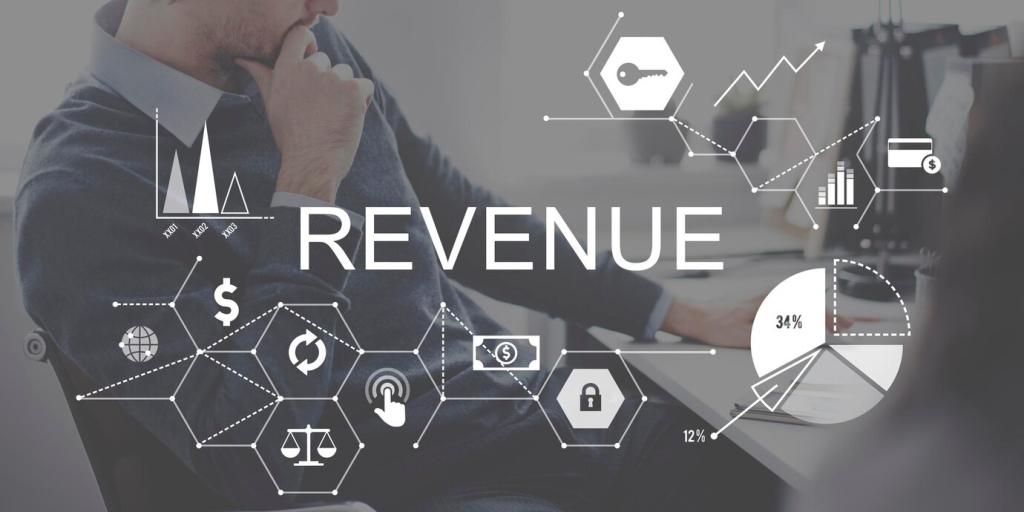
Green Bonds and Sustainability-Linked Loans
Debt costs can fall when projects meet verified performance targets. Sustainability-linked loans reward hitting intensity reductions; green bonds finance eligible components like solar and electrification. Have you priced the spread benefit versus reporting overhead? Share your underwriting assumptions and results.
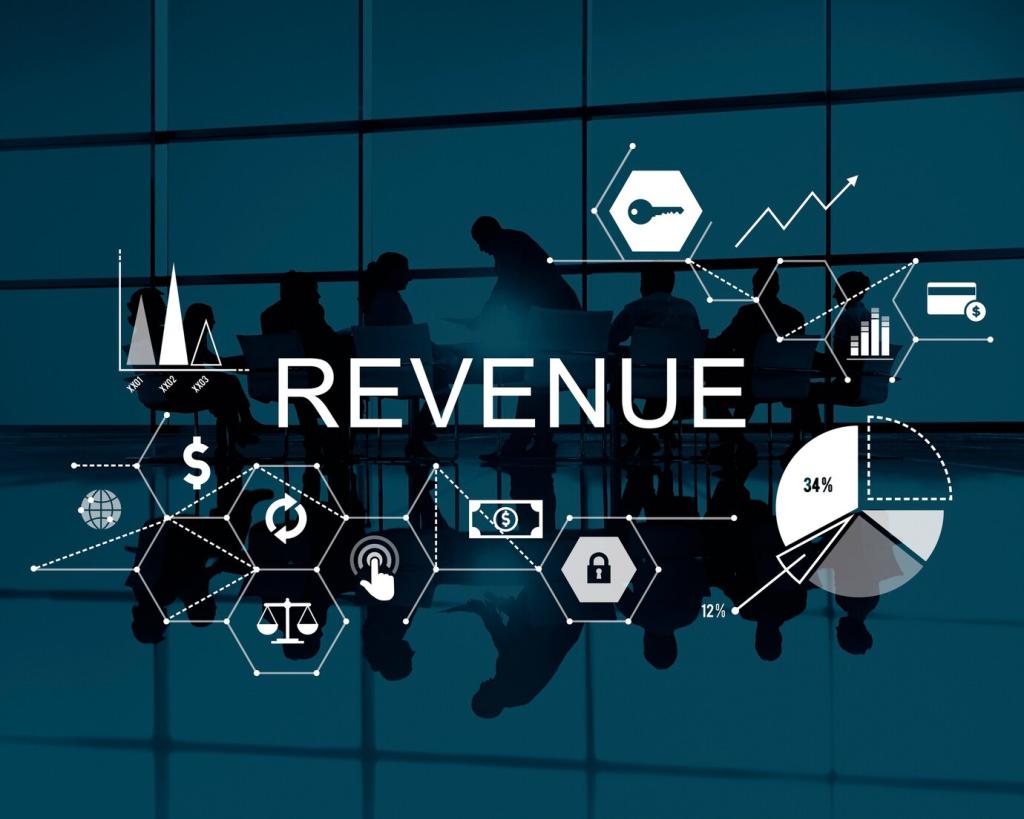
PACE Financing, Tax Credits, and Grants
Property Assessed Clean Energy can fund upgrades with non-recourse, long-term amortization tied to property taxes. Pair with federal or local incentives for heat pumps, storage, and efficiency retrofits. Tell us which incentive stack improved your IRR without bloating transaction complexity.

Stacking Capital Without Losing Control
Align lenders, ESCOs, and equity partners early to prevent covenant conflicts. Bake KPI definitions, reporting, and step-up/step-down terms into term sheets. How do you safeguard governance while layering incentives? Comment with templates or clauses you’ve found investor-friendly.
Retrofit vs. Ground-Up: Investor Case Files
An investor acquired a tired mid-rise at a 7.2% cap, added high-performance glazing, heat pumps, and rooftop solar. Energy costs fell 58%, vacancy dropped, and exit cap compressed by 40 basis points. Would you have pursued similar scope? Share your retrofit playbook.
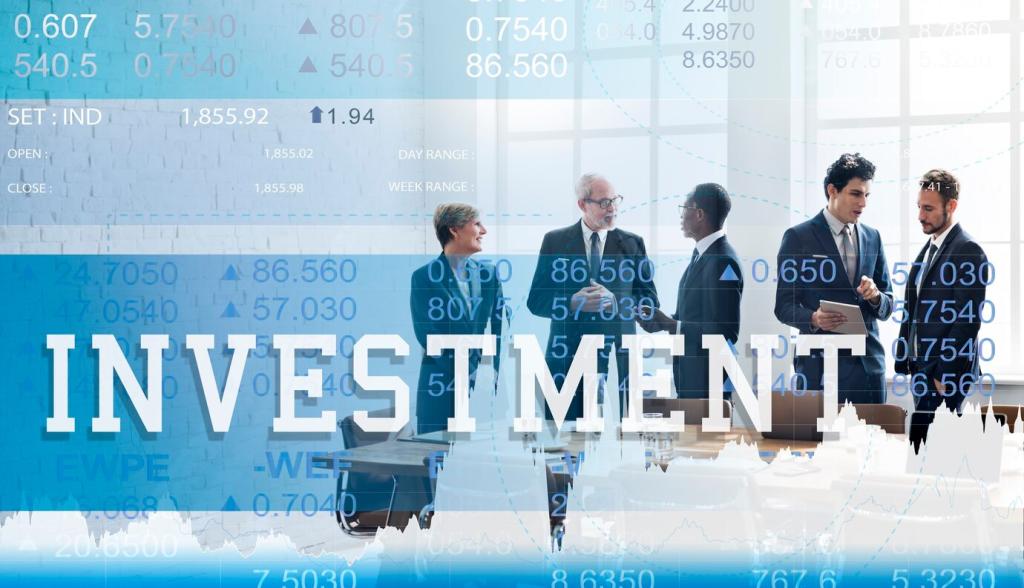

Retrofit vs. Ground-Up: Investor Case Files
Switching from gas to electric heat pumps improved tenant comfort and reduced maintenance calls. Smart thermostats and submetering aligned behavior with savings. Rent growth followed healthier indoor air quality, backed by WELL-aligned features. How are you modeling electrification’s impact on tenant retention?
Resilience and Climate Risk in the Pro Forma
Use parcel-level hazard models and scenario analyses to adjust discount rates and reserves. Pair with local adaptation plans to gauge future regulatory requirements. If you already price climate risk, what tools or assumptions have changed your bids most decisively?
Resilience and Climate Risk in the Pro Forma
Elevated equipment, dry floodproofing, passive cooling, and microgrids keep buildings operational during disruptions. Continuity preserves rent, reputation, and lender confidence. Share the resilience measures that delivered measurable payback—or helped you secure better insurance terms.
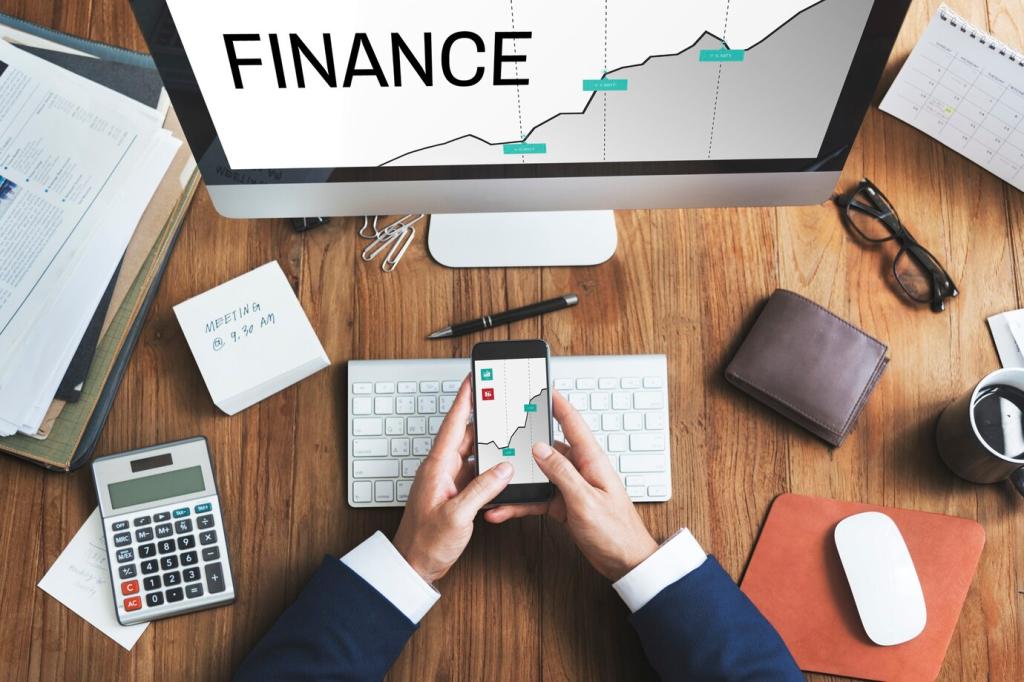
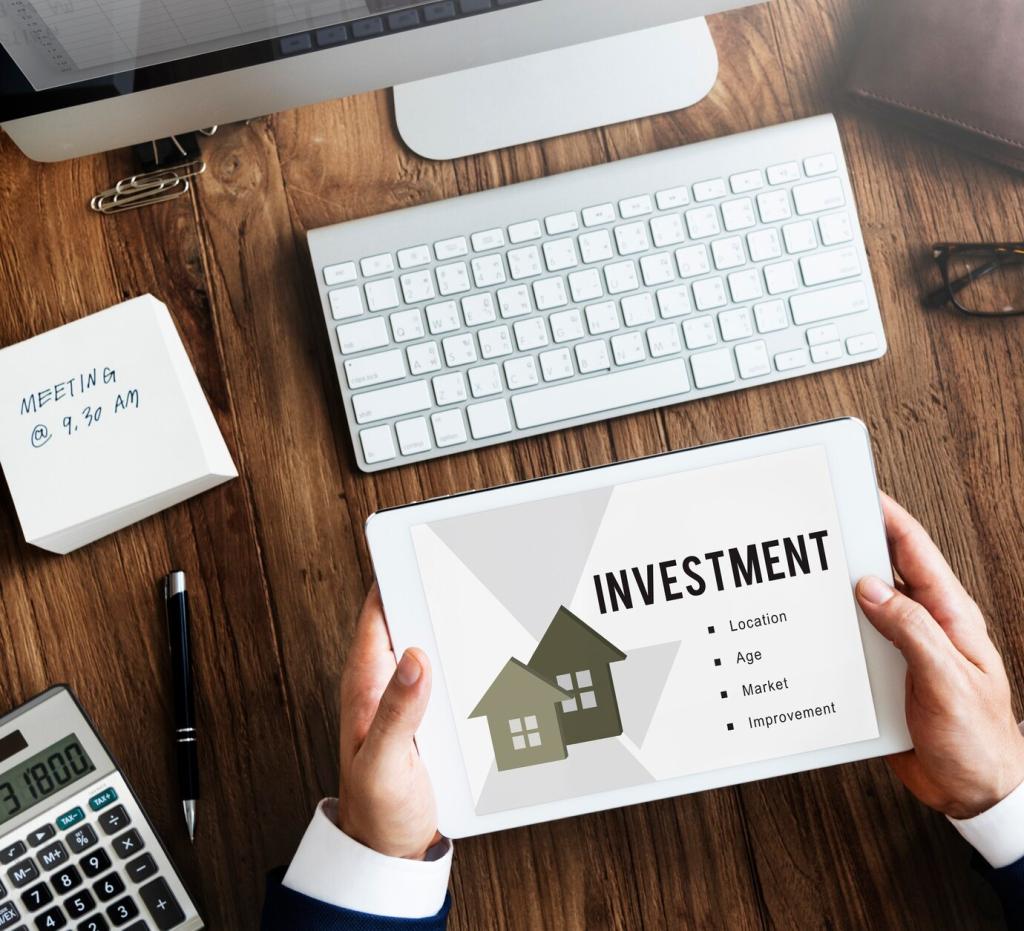
Asset Management, Tenants, and Green Leases
Tie cost-sharing to verified savings, require data access, and set performance targets for lighting, HVAC, and plug loads. Add fit-out guidelines for low-VOC materials and efficient equipment. Which clauses improved cooperation without scaring tenants? Share your success stories below.
